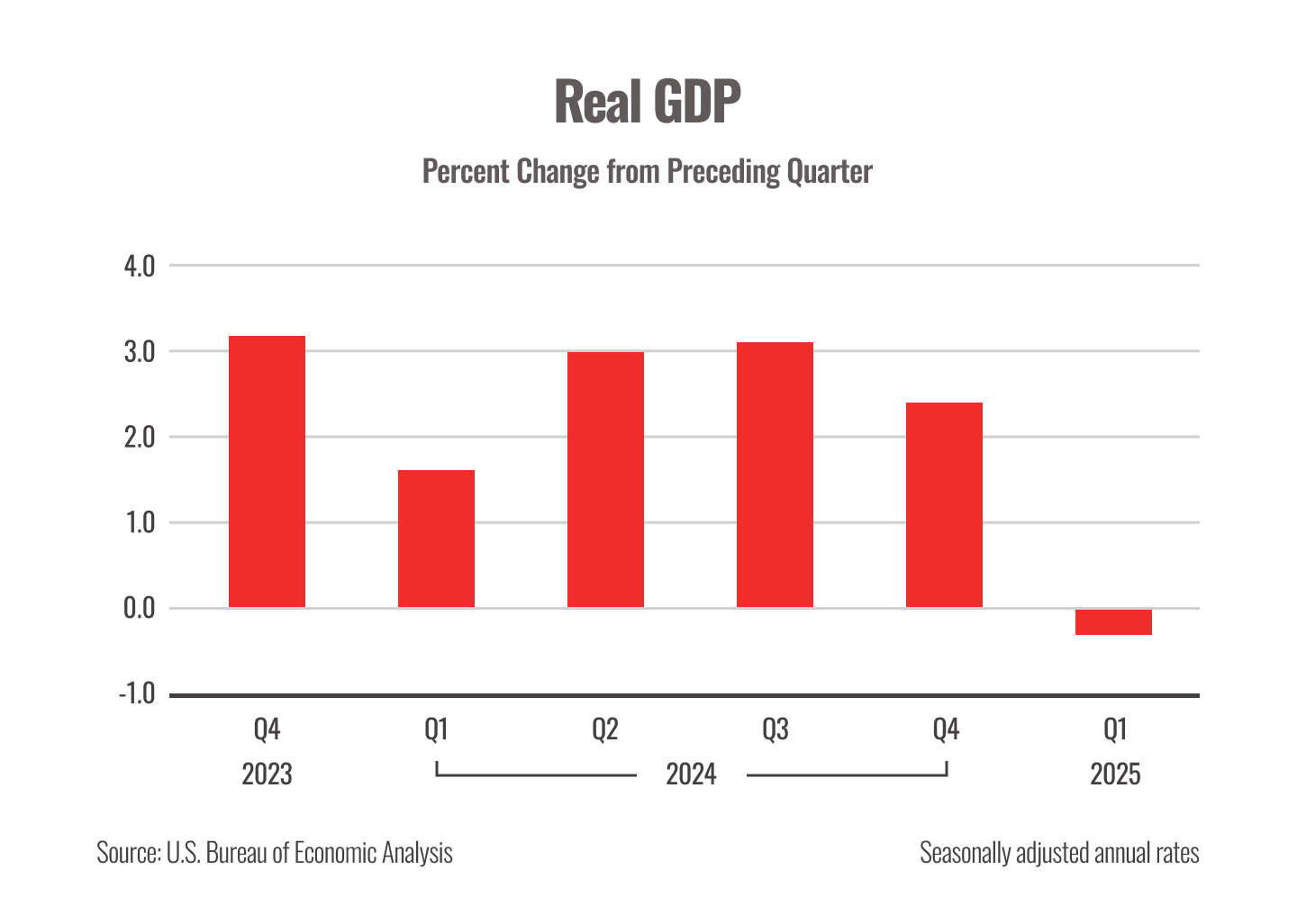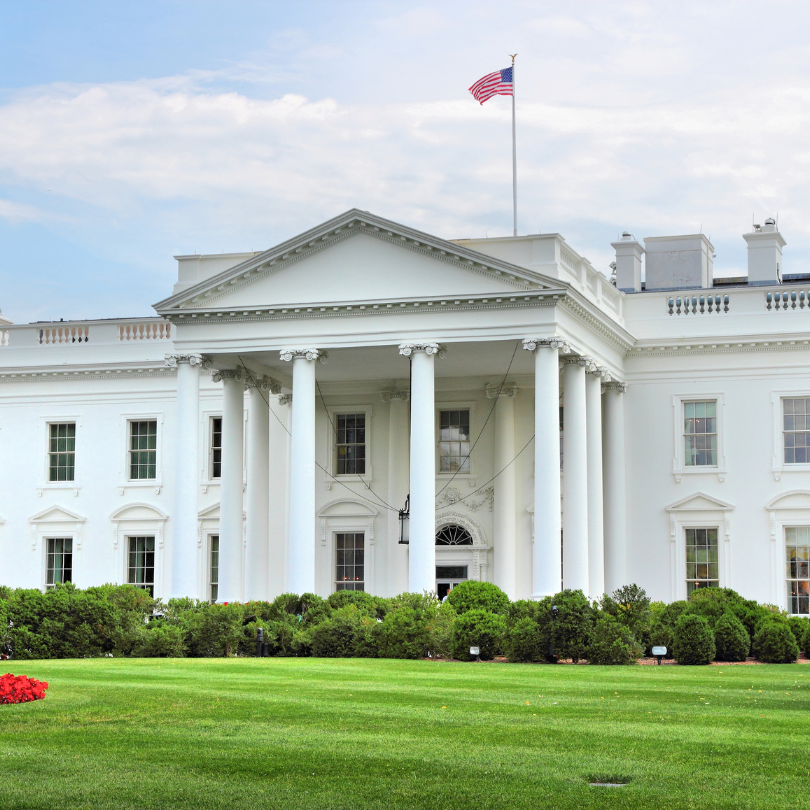What the GDP Receipt Doesn't Show
Recession alarm bells are ringing…again.
The latest GDP report shows the economy shrank by 0.3%.1 That kicked off a flood of doomscrolling, scary headlines, and panicked selling.
But before we jump to conclusions, let's dig into what's really behind the number. Because once you dive into the report, things get quite interesting.
As a quick refresher, think of GDP like a grocery receipt for the entire country.
It adds up everything we produce domestically… goods, services, the works. When that number shrinks, it often signals a problem for a country's economy.
But sometimes, the final tally can be a little bit misleading. And from time to time, it pays to dive a little deeper into the details.
The first number that stands out in last week's report? Business investment. Corporate spending on equipment spiked 22% during the first quarter.2 That number blew most analysts' expectations out of the water. It's strange because that's not something we usually see right before a recession.
Moreover, we also saw a 1.8% bump in consumer spending.3
Keep in mind, that figure wasn't as robust as we have seen in previous quarters. However, Americans usually shut their wallets ahead of a downturn, so this figure represents a vote of confidence in the U.S. economy.
So what then caused the big drop in GDP? A 41% spike in imports.4
Companies raced to stock up on goods ahead of potential tariffs tied to President Trump's proposed trade changes.
Why does that matter?
Because in the GDP equation, imports don't just get ignored. They're actually subtracted.
That means even with solid economic activity, all those extra imports pulled the final number down.
Think of it like this… If GDP is like a grocery receipt, it only counts what we grow or make ourselves.
So if you fill your cart with imported bananas, the house is still full of food. But the total on the receipt drops, because we don't grow those bananas here in America.
That's what happened last quarter. The shelves stayed full, but the receipt looked smaller.

So, what should we take away from all this?
First, the economy still has signs of strength.
People are spending. Companies are investing. The labor market hasn't cracked.
This isn't a recession. Not yet, anyway.
Second, we're not out of the woods. President Trump didn't announce his tariff plan until midway through the quarter. So the real effects of these new policies might not show up until after Q2.
And there's good reason to be worried. A number of leading indicators, such as consumer confidence and the stock market, have started flashing red.
Of course, no one knows what's coming next. But if we are heading towards a recession, what can you do now to prepare?
Here are three simple ways to shore up your finances:
Top off your emergency fund. Having 3 to 6 months of expenses saved gives you breathing room if things shift quickly.
Pay down high-interest debt. It frees up cash flow and lowers your financial stress.
Check your spending habits. A few small tweaks can make a big difference when uncertainty creeps in.
Here's one more thing to remember. While the headlines may change, your long-term goals don't. The plan we've built is designed to hold steady through ups and downs. That's the power of planning ahead.
Sources:
- The U.S. Bureau of Economic Analysis, 2025 [URL: https://www.bea.gov/news/2025/gross-domestic-product-1st-quarter-2025-advance-estimate]
- The U.S. Bureau of Economic Analysis, 2025 [URL: https://www.bea.gov/sites/default/files/2025-04/gdp1q25-adv.pdf]
- The U.S. Bureau of Economic Analysis, 2025 [URL: https://www.bea.gov/sites/default/files/2025-04/gdp1q25-adv.pdf]
- The U.S. Bureau of Economic Analysis, 2025 [URL: https://www.bea.gov/sites/default/files/2025-04/gdp1q25-adv.pdf]












